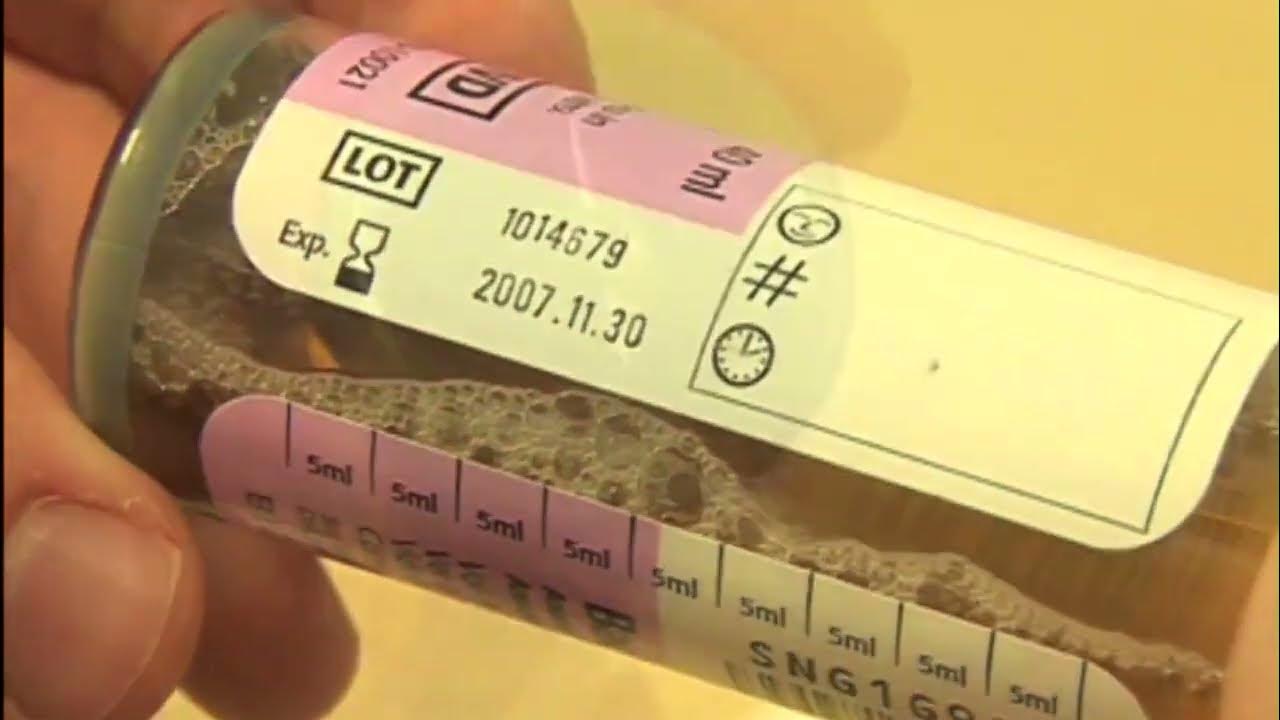Aidacare Training Video - Manual Handling - Floor Lift
Summary
TLDRThis video provides essential guidelines for safely handling falls in aged care environments. It emphasizes the importance of injury assessment, resident reassurance, and the use of lifter brakes. The video instructs caregivers on proper procedures, including checking equipment, positioning residents, and safe manual handling techniques. Key steps include ensuring the resident's safety, using appropriate lifting equipment, and communicating with the resident to reduce anxiety. The video also highlights the need for caregivers to protect themselves from injury during the lifting process.
Takeaways
- 🚨 Falls in aged care are common and challenging to prevent, causing stress for both residents and caregivers.
- 🛡️ Always ensure the resident is safe to lift before any transfer, with a proper assessment by a medically trained individual.
- 💬 Offer plenty of reassurance to the resident to make them comfortable and reduce their anxiety.
- 🔍 Ensure all equipment is in good working order and the environment is clear of obstructions before proceeding.
- 👥 Conduct a thorough risk assessment to ensure the safety of both the resident and caregivers during the transfer.
- 🔄 Positioning is crucial: avoid leaning or bending excessively while positioning the sling under the resident.
- 📏 Check that the sling is central, smooth, and not bunched up to ensure a safe and comfortable lift.
- 🔗 Secure all sling straps properly and ensure they remain secure throughout the lift.
- 🦺 Follow safe manual handling practices to protect yourself from injury, especially keeping elbows by your side and below shoulder height.
- 🛌 After the transfer, ensure the resident is lying safely, remove the sling gently, and take care of your own posture to prevent strain.
Q & A
What is the primary focus of the video script?
-The video script primarily focuses on the correct steps to ensure safety during a fall in aged care environments, including injury assessment, resident reassurance, and the use of lifter brakes.
Why is it important to conduct an assessment before lifting a resident after a fall?
-An assessment is crucial to determine if the resident is safe to lift, as attempting to transfer a resident with an injury can cause further harm and is not medically appropriate.
What should caregivers do to reassure the resident before the lift?
-Caregivers should offer lots of reassurance and make the resident as comfortable as possible, considering the anxiety that may arise from having just experienced a fall.
What checks should be performed on the lifting equipment before use?
-The equipment should be in good working order, and the environment should be safe and clear of obstructions as part of the dynamic day-to-day risk assessment.
How should the sling be positioned under the resident during the lifting process?
-The sling should be fed under the resident, helping them roll to the opposite side, ensuring the sling is central and in place without any material bunched up or gathered.
What is the significance of the yellow central loop in Aspire slings during the lift?
-The yellow central loop in Aspire slings can be used for additional dignity and comfort during the lift, providing a more secure and reassuring experience for the resident.
What is the role of communication during the transfer using a lifter?
-Communication is key to ensure the safety and reassurance of the resident, especially since they may be distressed and nervous after a fall.
Why is it necessary to put the lifter's brake on during the transfer?
-The lifter's brake should be engaged for safety to prevent the resident from accidental contact with the lifter while they are still on the floor.
How should caregivers protect their shoulder joints when moving and handling residents?
-Caregivers should keep their elbows by their side and below shoulder height to avoid injury, which is one of the most commonly injured body parts during lifting.
What should caregivers do after safely lowering the resident to the bed?
-Caregivers should ensure there is enough slack in the sling straps, carefully detach the sling from the lifter, and then remove the sling gently to avoid causing skin tears.
What self-care advice is given to caregivers after working at a low level?
-Caregivers are advised to stand up gently, arch their back to reduce pressure on the spine, and do this within the limits of their comfort.
Outlines

This section is available to paid users only. Please upgrade to access this part.
Upgrade NowMindmap

This section is available to paid users only. Please upgrade to access this part.
Upgrade NowKeywords

This section is available to paid users only. Please upgrade to access this part.
Upgrade NowHighlights

This section is available to paid users only. Please upgrade to access this part.
Upgrade NowTranscripts

This section is available to paid users only. Please upgrade to access this part.
Upgrade Now5.0 / 5 (0 votes)





